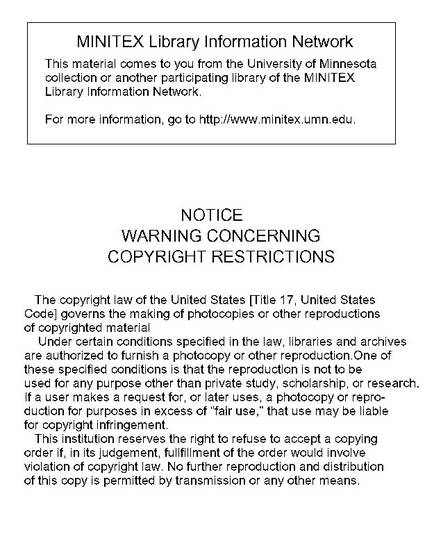
Article
Teenage Marriage and the Socioeconomic Status of Hmong Women
Journal of International Migration
(2011)
Abstract
The Hmong, who began migration to the United States in the latter half of the 1970's, represent a largely unstudied segment of the Asian-American population. Traditional practices such as teenage marriage were widely reported in the early years after migration began, but have been left relatively unexamined more recently. Explicit focus on Hmong women has been largely absent in recent research. This paper carmines the relationships between marriage patterns, education and earnings among Hmong women in the United States. Using results from a survey of 186 Hmong women, the results of this study indicate high rates of teenage marriage, as well as associations between early marriage, marital abuse, and both low earnings and lower levels of educational attainment among women married as teenagers as compared to Hmong women who waited until adult age to marry. There were signs of encouragement, including higher than anticipated rates of educational attainment among the sample overall. Marital stressors such as spousal abuse remain prevalent, especially among Hmong women who married in their teenage years. Implications for this research are discussed for both practitioners and for future directions in research within the Hmong-American community.
Keywords
- Hmong,
- women,
- marriage,
- culture,
- teenage marriage,
- socioeconomic
Disciplines
Publication Date
2011
DOI
10.1111/j.1468-2435.2010.00674.x
Citation Information
Pa Der Vang. "Teenage Marriage and the Socioeconomic Status of Hmong Women" Journal of International Migration (2011) Available at: http://works.bepress.com/pader-vang/1/
